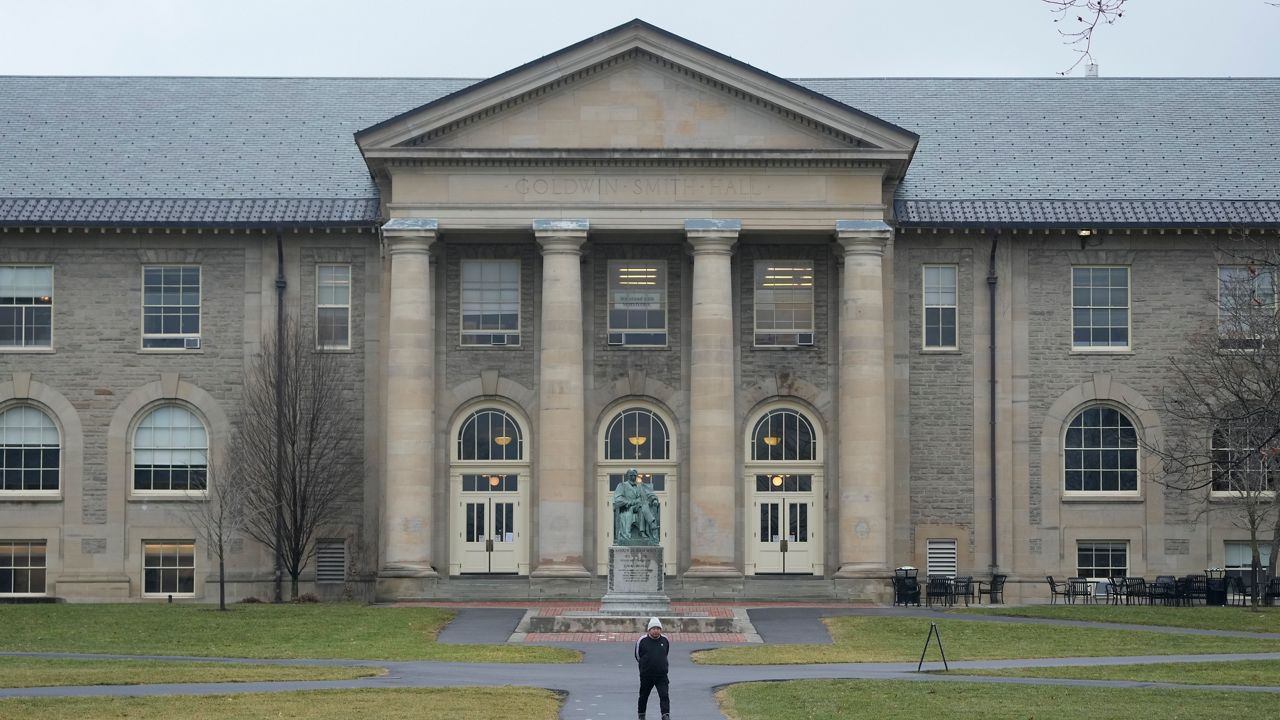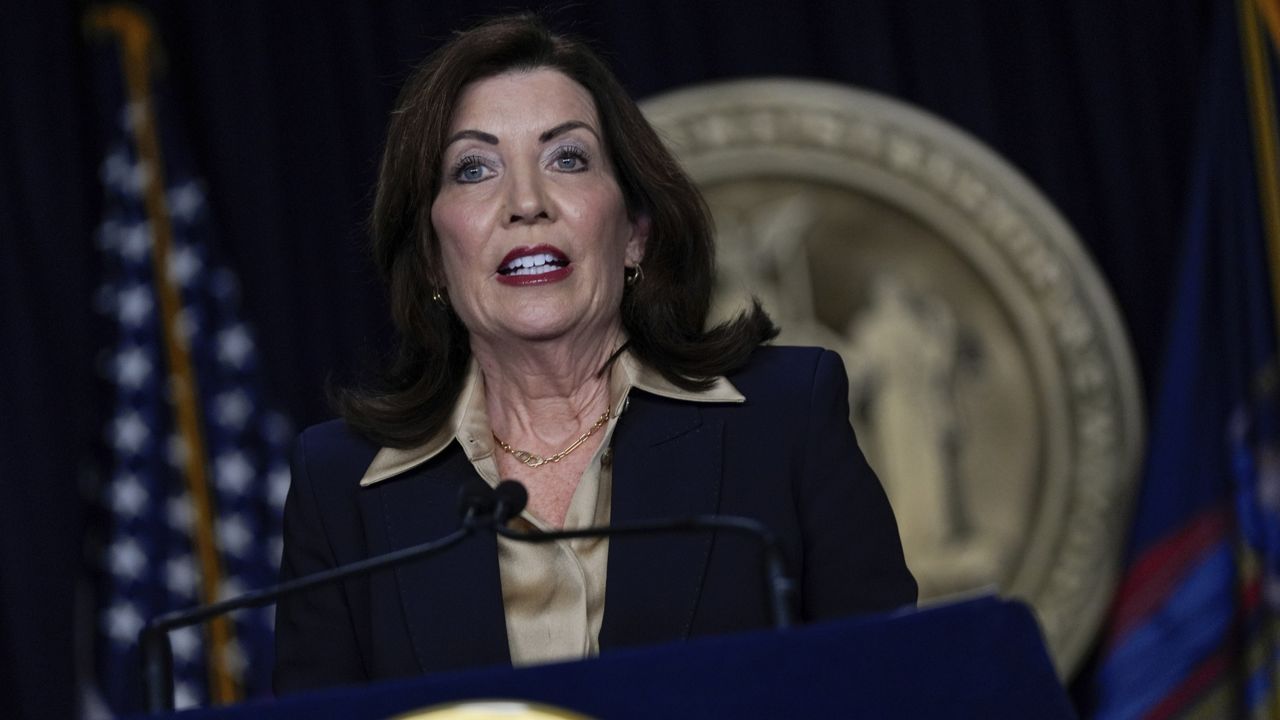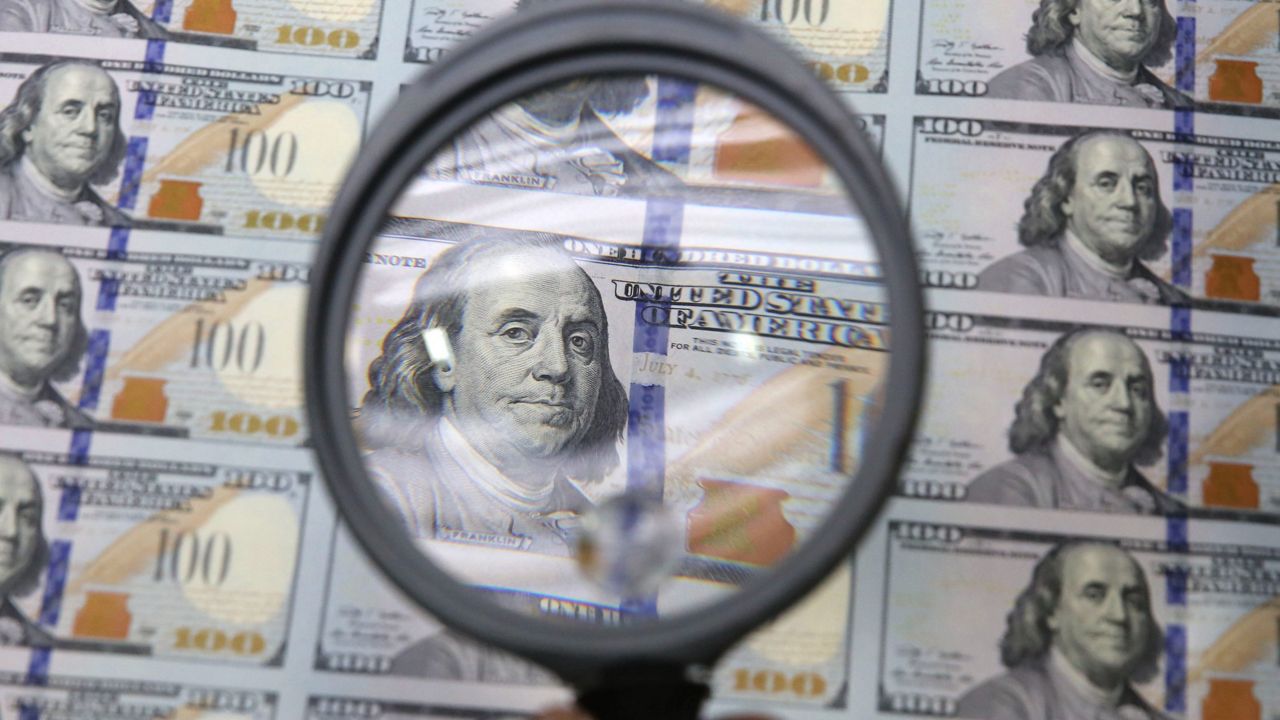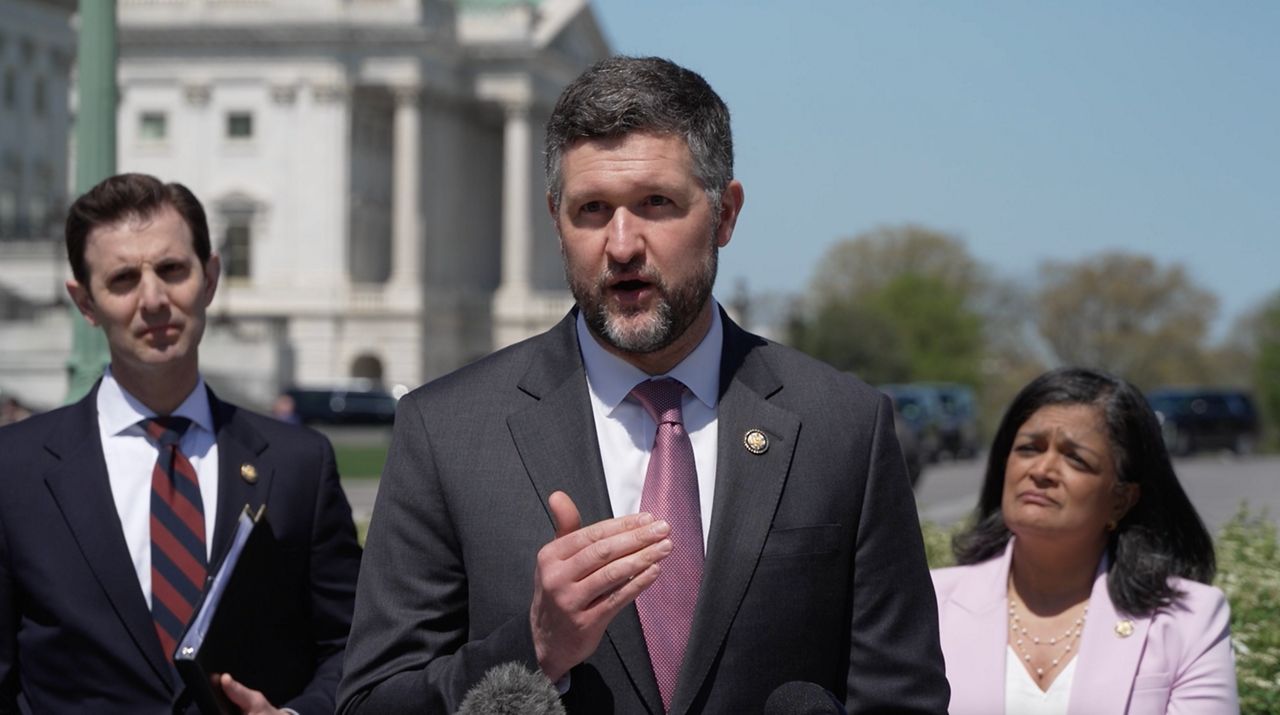Good-government groups want New York lawmakers to open up the state's primary elections after unofficial results from last week's primary show less than a quarter of eligible voters participated across the state.
An average of 15% of voters in each district participated in 44 local, state and federal primary contests last Tuesday, according to state Board of Elections data.
New York's primaries are closed, meaning only voters registered in a political party can vote in that party's race — legally excluding about 3.4 million voters off the bat.
"The turnout of this last primary is embarrassingly low," said Timothy Dunn, executive director of Unite NY. "We're one of only 10 states with a completely closed primary process."
New York voters have seemed apathetic about primary elections in recent years, with about 5% of enrolled Democrats and Republicans coming out in April for the state's presidential primary.
"From what we hear from voters, there's just a giant amount of pessimism and thoughts that their votes don't matter," Dunn said. "Even though the party faithful in these primaries that are voting, they're not representative of the general population. It feels like the decisions have already been made."
About 31% of eligible voters cast votes in the contentious 16th Congressional District race between U.S. Rep. Jamaal Bowman and Westchester County Executive George Latimer, who defeated the incumbent. That turnout was higher than the state's average last week, but low considering both campaigns spent more than $25 million on advertisements — the highest amount spent on a single House primary contest to date.
Only 9% of eligible voters participated to decide who will replace longtime Assemblywoman Helene Weinstein, who is retiring from the 41st Assembly District seat after nearly 44 years. Democrats have a 4 to 1 enrollment advantage in the Brooklyn district, and just over 3,800 people who voted in last week's primary chose her successor.
"That's criminally low," said Dunn, comparing the turnout to the state's gubernatorial primary in 2022.
"...The outcome is folks are running away from the polling places," he added of the state's closed primary.
The continued low participation is prompting good-government groups to call for lawmakers to improve the number of candidates on the ballot and allow more voters to participate.
The organizations back proposed legislation to open primaries to include voters not enrolled in the party, decrease the required number of signatures a candidate needs to get on the ballot, make it easier for independent candidates to participate and to implement rank choice voting to even the playing field for third-party candidates.
Common Cause NY Executive Director Susan Lerner said the state must better inform New York voters about each election.
"There's no one thing that either guarantees a high turnout or a low turnout," Lerner said. "The lack of readily available information about a primary makes it harder for voters to focus in on a particular election. But there's no one silver bullet."
Lawmakers have expanded early voting and vote by mail in recent years, but the changes have done little to boost voter turnout.
Lerner said the low turnout is disappointing, and an open primary would increase competition and candidates who represent the general population.
"But at the end of the day, a lot of it has to do with who the candidates are, if people actually know there's an election and whether they are excited about particular candidates or not," she said.










